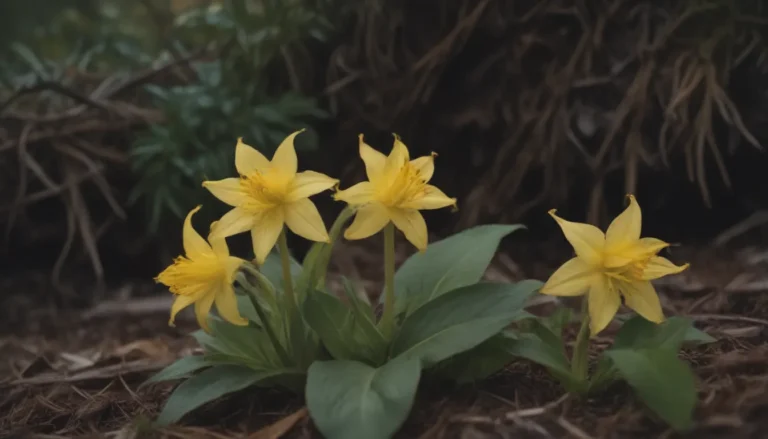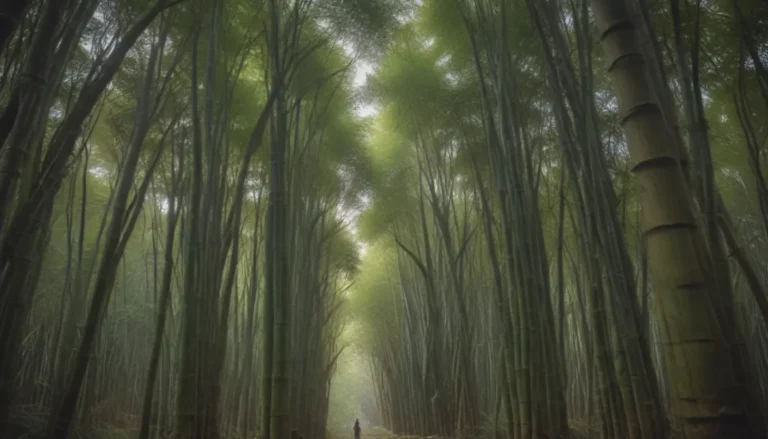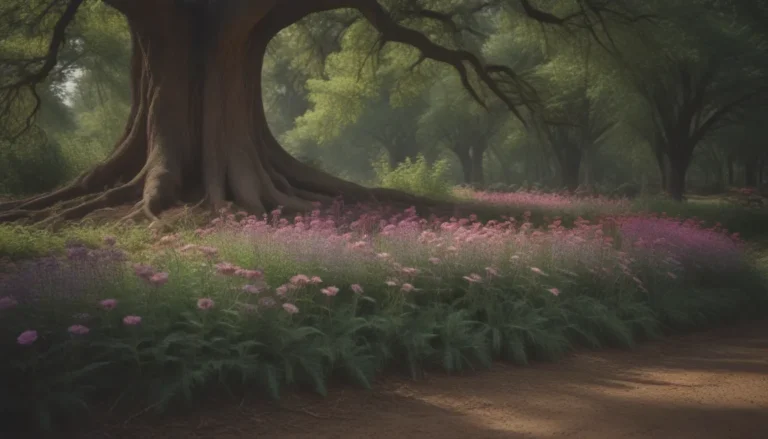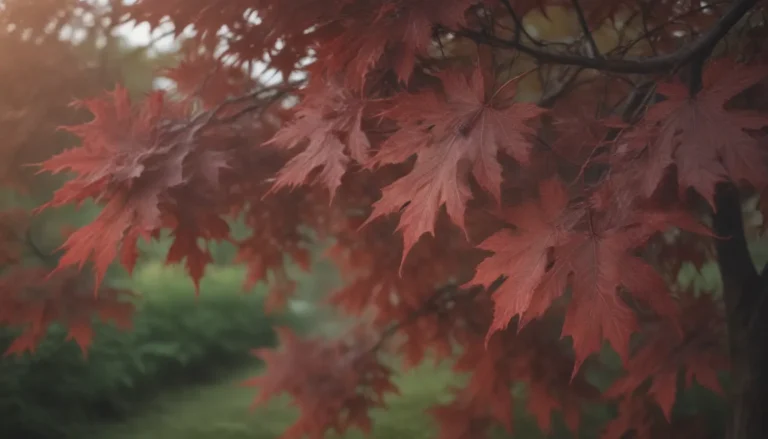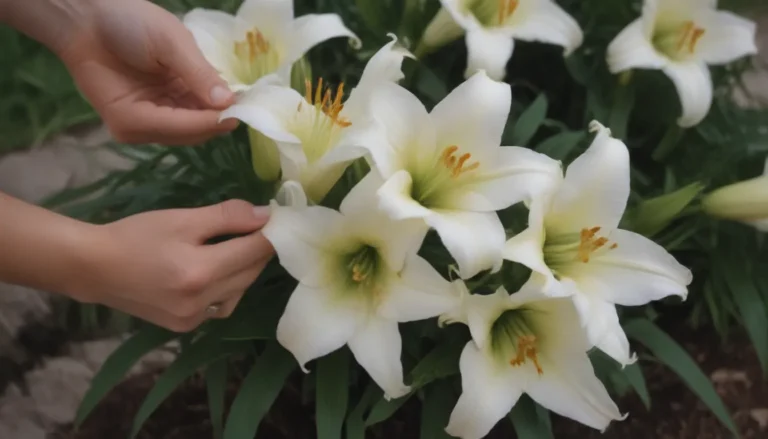The Complete Guide to Growing Hostas in Sun and Shade
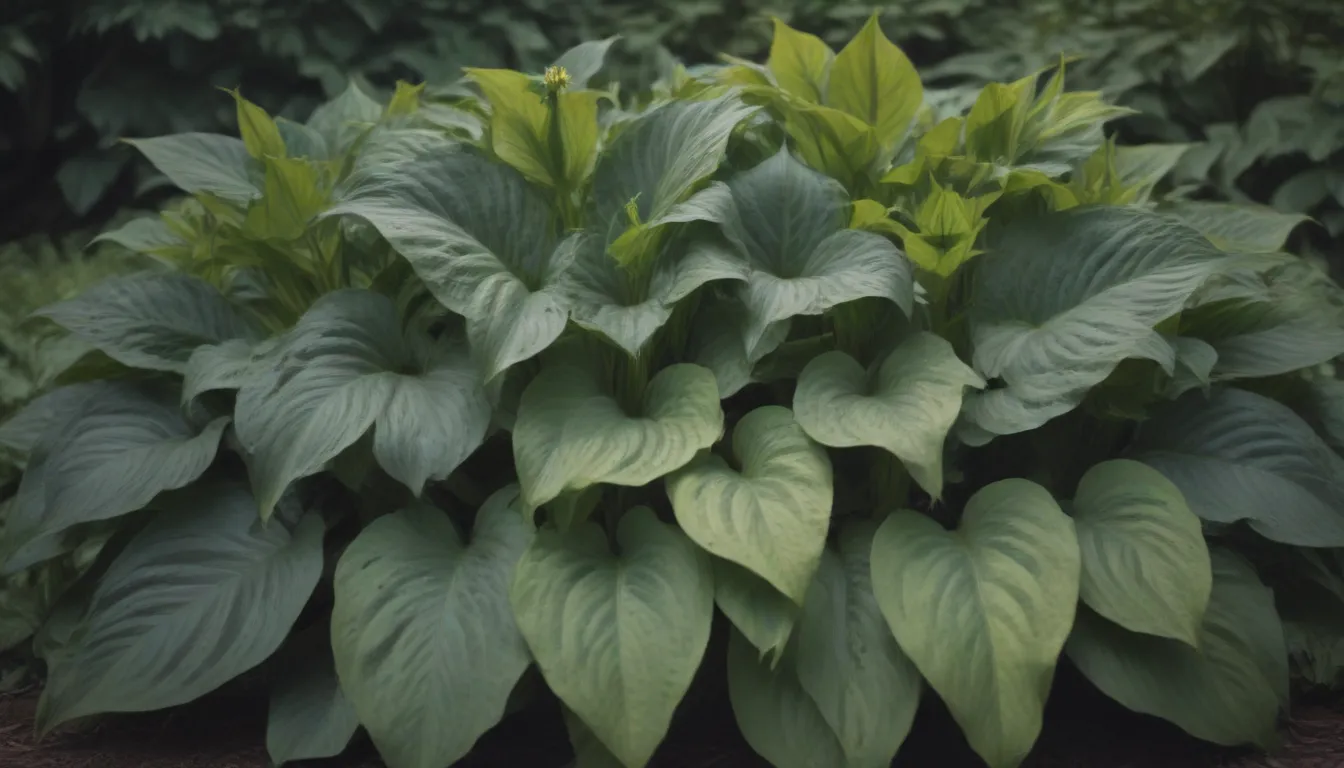
Hostas are a popular choice for gardeners looking to add texture and color to their outdoor spaces, but did you know that some hostas can actually thrive in full sun? While hostas are typically labeled as “shade-tolerant” plants, meaning they can grow in shady or partially sunny areas, there are certain varieties that benefit from some sun exposure to keep their foliage vibrant and colorful. In this comprehensive guide, we will explore everything you need to know about growing hostas in both sun and shade, along with the best hosta species for each type of environment.
Understanding Hosta Sun Tolerance
When it comes to growing hostas in full sun, there are a few key factors to keep in mind. Hostas with yellow or gold leaves, as well as those with fragrant flowers, often tolerate more sun than hostas with green, blue, or white leaves. While there are always exceptions to this rule, it’s important to monitor your hostas closely if they are receiving direct sun exposure. If the leaves start to turn brown around the edges, it may be a sign that they are getting too much sun.
In general, hostas with yellow or gold foliage can thrive in partially sunny locations with about two hours of daily sun exposure. Fragrant hostas, such as those in the Hosta plantaginea species, need sun exposure to develop their flowers. Hosta plantaginea is one of the most sun-tolerant hosta species, thriving even in four to six hours of sun exposure. However, it’s essential to remember that while these hostas benefit from some sun, they do not like to bake or fry in the sun. If your garden experiences extreme heat or dry conditions, be sure to provide adequate irrigation to keep your hostas healthy.
Best Hostas for Full Sun
Based on recommendations from the American Hosta Society and experienced gardeners, here are some of the best hosta species for full sun:
- Yellow hosta
- Yellow variegated hosta
- Fragrant hosta
- White variegated hosta
- Green hosta
- Dwarf hosta
These hostas have shown a higher tolerance for sun exposure, but it’s important to remember that individual plants may have varying needs based on their specific growing conditions.
Growing Hostas in Partial Shade
While most hostas are known for their shade tolerance, many varieties actually perform well in partial shade with some morning sun and afternoon shade. Too much sun exposure can result in burned leaves and faded colors, particularly for blue hostas. Blue hostas have a waxy coating on their leaves that provides their characteristic blue hue, but this coating can melt in full sun, revealing green leaves underneath.
When planting blue hostas, it’s essential to provide them with some sun exposure, but not full sun. Other hosta varieties with white leaves or variegation may also tolerate partial shade, depending on the thickness of their leaves. Thicker leaves are more tolerant of sun exposure, while thin leaves may require more shade to prevent sun damage.
Monitoring Your Hostas
The best way to determine whether your hostas are receiving the right amount of sun is to observe how they are performing. If you notice signs of sun damage, such as burned or faded leaves, it may be time to relocate your plants to a more suitable location. Hostas are resilient plants and can withstand transplanting if needed.
Some of the most sun-tolerant hostas include ‘August Moon,’ ‘Sun Power,’ ‘Sun Fragrance,’ and ‘Gold Standard.’ These varieties can thrive in sunnier conditions, but they still benefit from some shade during the hottest part of the day. Providing drip irrigation and rich, fertile soil can also help your hostas thrive in a sunny environment.
In conclusion, while hostas are typically known for their shade tolerance, there are several varieties that can thrive in full sun with the right care and attention. By choosing the best hosta species for your specific growing conditions and monitoring your plants for signs of sun damage, you can create a vibrant and colorful garden that includes these versatile and beautiful plants.
